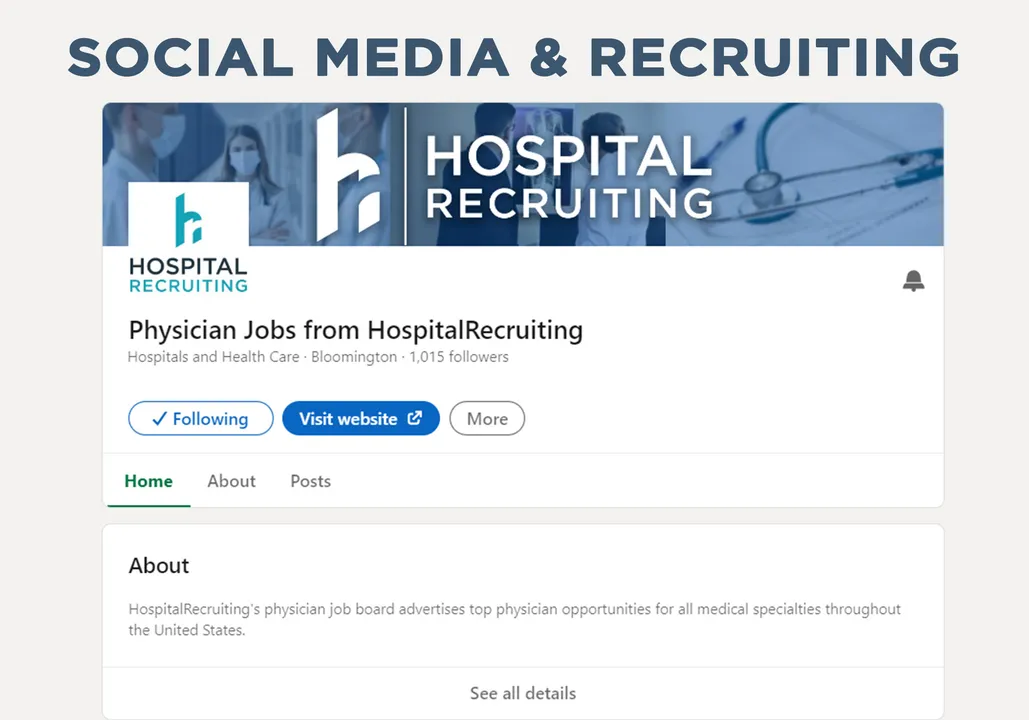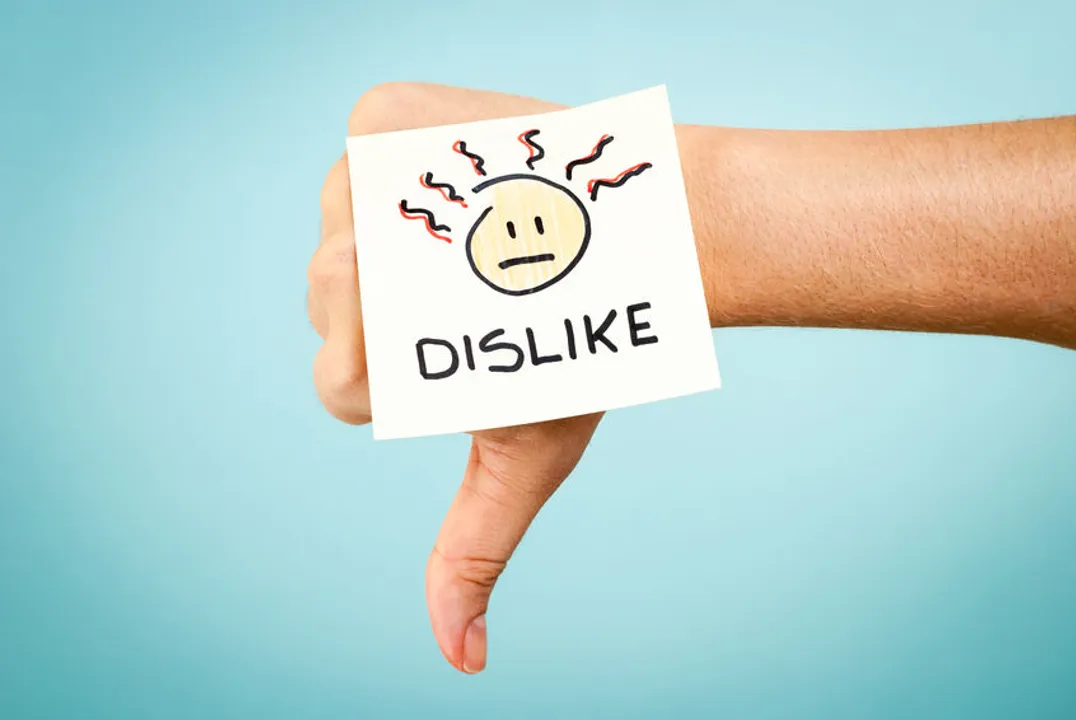Is Social Media an Effective Healthcare Recruitment Tool?

As talent shortages continue to challenge healthcare providers, any recruitment advantage is worth exploring. If you’re not using social media to recruit, you’re behind the curve. If you are, you may be reaping some, if not all the benefits this resource can provide. Data shows social media is where candidates are spending their time, whether actively looking for a job, or passively seeing what’s new. Capturing this talent pool’s attention where they frequent is a must for serious healthcare recruitment.
LinkedIn recently reported they’re the most-used outlet for social media recruitment, with 77% of employers leveraging the site. Facebook follows with 63%. On the talent side, 86% of job seekers are using social media for their job search. An estimated 73% of workers between 18 and 34 and the same number of millennials have found a job through social media. To target this audience, two-thirds of recruiters report posting job openings on social media.
For healthcare facilities, social media recruitment allows them to target a specific audience or cast a wide net. Working with sites, administrators can post jobs to their own social media pages and trigger links to vacancies to specific talent pools. Algorithms seek out candidates that match your requirements, promoting your position to active and passive job seekers.
The reach of social media is profound: one report found users spend about 2.5 hours daily on these platforms. Scrolling through social media crosses almost all age groups with 90% of Americans 18 to 29 years old; 82% between 30-49 years old; and 69% 50-65 years old on some form of social media platform. The reach of social media cannot be underestimated when it comes to recruitment.
Other plusses in social media recruitment

In addition to scouring talent, there are other benefits of using social media in your hiring practices. These platforms allow seekers to review who you are before they apply, but the reverse is also true.
- Boost your brand
- Posting jobs on social media increases the reach of your facility’s brand. The more people know about your institution, the more likely they’ll be interested in joining the team. When posting, make sure you include the benefits of working at your facility, in addition to what’s required to fill the position. This can build interest for passive candidates who may be looking for a new job in the future or prompt them to make a move now.
- Candidate quality
- Depending on where you post, you may be able to target specific audiences for your search. Even a wide-reaching post is easily shared among social media ‘friends.’ The ability to reach the exact demographic you seek, no matter how high- or entry-level, the position can increase candidate quality and potentially reduce recruitment costs.
- Reduced time-to-hire
- Many candidates are poised to respond immediately to social media job postings. Their resume or CV is already part of their profile; with just a click they can forward it to your institution. Responding to applicants via the media site can be just as quick and effective. Job seekers aren’t looking through their emails or texts to see if you’ve responded; they’re notified immediately through the platform. Moving quickly on quality candidates is essential in a challenging hiring market. Any tool that allows institutions to connect almost instantly provides an advantage over the competition.
- Reverse screening
- Another benefit is the ability to quickly assess the candidate via the same social media platform they used to apply. Their resume is an overview of their skills and experience. Their social media pages can be more revealing, with information that outlines work ethic, interests, and more. Some estimates suggest 90% of employers screen an applicant’s social media before making a hiring decision. More than half have eliminated a candidate based on what they found. Leveraging social media can help institutions screen, and ultimately hire, more effectively.
Some concerns when using social media to recruit

The benefits are plentiful, but there can be a few areas to watch for when recruiting through social media platforms. For healthcare facilities, maintaining a positive presence in the community is key. It’s important to be watchful that social media recruitment is as inclusive as possible.
- Sparse profiles
- Some users are not as tech-savvy as others. Their social media profile may be just the basics — only what’s needed to help them apply for jobs. There can be a tendency to favor candidates with a more robust online presence, but don’t let that exclude others.
- Is it current?
- For many healthcare professionals, a recent gap in employment is not a red flag. For others, it may be. Many healthcare facilities have still not gotten back to pre-pandemic head count. Their staff may have been the fallout. Look for candidates whose resume is current, even noting a recent gap in employment due to stresses on providers. You’ll want to make sure you’re reviewing all their experience, not just a 3-year-old CV.
Social media recruitment is an important tool for healthcare facilities. Similar to massive job boards, social media has a wide reach. When looking for talent, include these large sites along with the specialty and niche recruitment efforts. The more visible your facility and your vacancies are, the better chance you’ll have to capture top talent.
Related Posts
